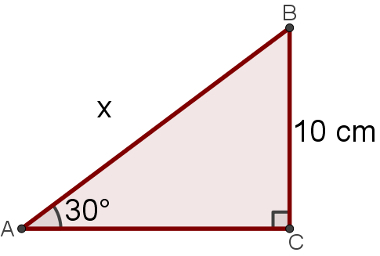to subtractnatural numbers, which is a numerical set with positive terms, the first term (minuend) must always be greater than the second (subtraend). It is also worth noting that the subtraction of a natural number always forms a natural number. We can represent the subtraction by the algorithm described below:
The → minundo
- B → subtracting
ç → difference
Where ever: the > b (a greater than or equal to b)
See some examples:
Example 1: Get the difference of 25 – 5.
Since 25 is greater than 5 (25 > 5), this subtraction (25 - 5) exists for the set of natural numbers.
25 → minute
- 5 → subtracting
20 → difference
Example 2: Subtract from 35 – 12.
Since 35 is greater than 12 (35 > 12), subtraction (35 - 12) exists for the set of natural numbers.
35 → minute
-12 → subtracting
23 → difference
To check if we subtract two numbers correctly, we just need to do the inverse operation to the subtraction, that is, the addition calculation. By making this confirmation, we are applying the fundamental relationship of subtraction, which is based on equivalence.
Subtraction fundamental relation
It is an equivalence relationship (⇔ ) between addition and subtraction. Follow:
minuend - subtraend = difference ⇔ subtraend + difference = minuend
Let's exemplify this relationship through some examples:
Example 3: Solve the subtractions below and check by the fundamental list if the calculation performed is correct:
a) 97 - 34 =
Since 97 is greater than 34 (97 > 34), subtraction (97 - 34) exists for the set of natural numbers.
97 → minute
- 34 → subtracting
63 → difference
Now that we have performed the subtraction, we must check if the result obtained is correct. For this, we will apply the fundamental relation, which is given by the inverse of the subtraction, that is, the sum. Follow:
minuend - subtracting = difference
97 – 34 = 63
subtracting + difference = minuendum
34 + 63 = 97
Note that when applying the sum of subtrahend with the difference, we get the value of minundo as an answer. Therefore, we prove that 63 is, in fact, the result of subtracting 97 and 34.
b) 19 - 9 =
Since 19 is greater than 9 (19 > 9), subtraction (19 – 9) exists for the set of natural numbers.
19→ minute
- 9 → subtracting
10 → difference
Let's check if the result obtained is correct. Follow:
minuend - subtracting = difference
19 – 9 = 10
subtracting + difference = minuendum
9 + 10 = 19
When applying to sum of subtrahend with the difference, we get the value of minundo as an answer. With that, we prove that 10 is, in fact, the result of subtracting 19 and 9.
By Naysa Oliveira
Graduated in Mathematics


